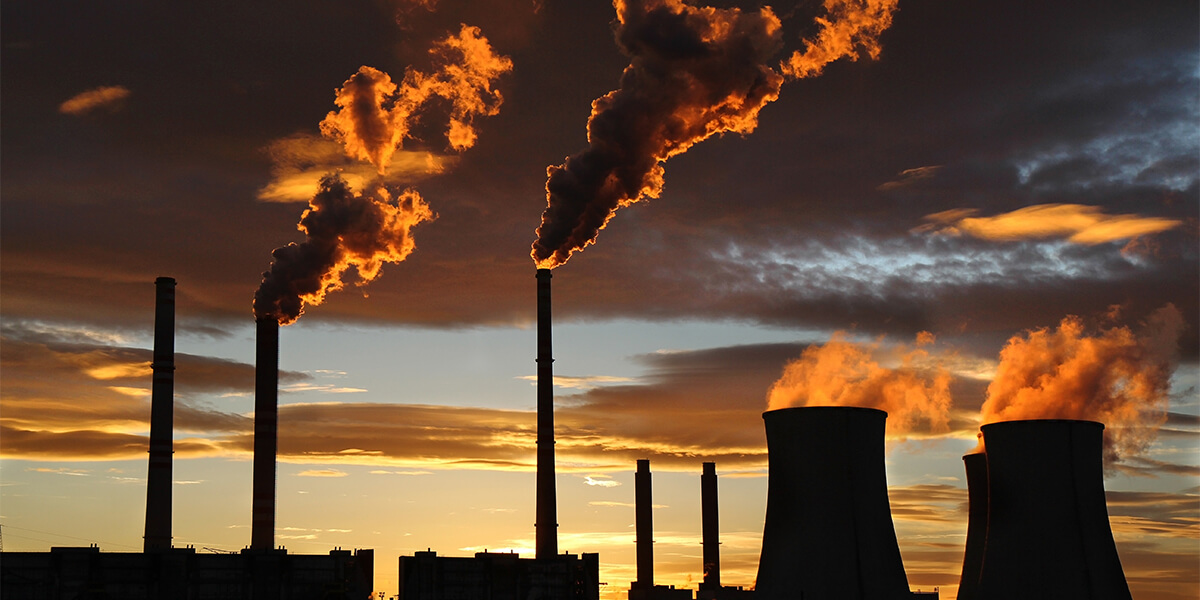Safeguard Mechanism

Baselines for high-emitting facilities plus annual emissions reductions
Industrial facilities emitting in excess of 100,000 tonnes CO2-e annually are covered under the Federal Government’s Safeguard Mechanism.
The Safeguard applies to approximately 219 organisations in Australia which represents combined emissions of 137.5 million tCO2-e.
Currently the Safeguard mechanism covers facilities that cumulatively account for around half of Australia’s carbon emissions. These organisations must comply with set baseline emissions levels and in addition must now demonstrate annual emissions reductions.
Our NGER-registered auditors help with your your baseline calculations and offsetting obligations. We ensure that your documentation is accurately prepared and in compliance with your threshold and the 2023 changes to the mechanism.
How the Safeguard works
Each Safeguard facility has a baseline for annual net greenhouse gas emissions. The facility must reduce emissions if it exceeds the baseline, and purchase and surrender abatement in the form of Australian carbon credit units (ACCUs) or Safeguard Mechanism Credits (SMCs), a new abatement under the reformed policy framework.
Climate goals and changes to the mechanism
In 2022 the Australian Government made a commitment to reach net-zero emissions by 2050 and a 43 percent emissions reduction below 2005 levels by 2030: 205 million tCO2e. To meet these targets, big industrial emitters must demonstrate a 4.9 percent emissions intensity reduction each year. Safeguard facilities may earn a form of credits (SMCs) if their own emissions fall below baseline levels and sell the SMCs to entities that are not in compliance.
Covered entities and ‘responsible emitters’
According to the Department of Climate Change, Energy, the Environment and Water (DCCEEW), covered facilities include mining, manufacturing, transport, oil and gas, and waste sectors. Safeguard responsibilities fall to the person with operational control of the facility. The ‘responsible emitter’ may be:
- an individual,
- a corporation,
- a partnership,
- a trust,
- a local council.
Scope 1 emissions under the mechanism
The Safeguard Mechanism applies to scope 1 emissions: direct greenhouse gas emissions, or those created as a direct result of an organisation’s activity. Emissions must remain at or below established levels as per the National Greenhouse and Energy Reporting Scheme (NGER) and past reported data under the scheme.
The minimum baseline is 100,000 tCO2-e.
Read more about NGER (DCCEEW) here.
Summary of reforms (2023):
- A baseline decline rate of 4.9 per cent per year for all facilities until 2030.
- A move from site-specific baselines to industry average baselines and reductions in the adjustment scope.
- Allowance for facilities to earn Safeguard Mechanism Credits (SMCs) as an incentive for reducing emissions beyond their baselines.
- A obligation to explain should a facility fail to meet emissions reductions if relying on ACCUs or SMCs for more than 30 percent of abatement.
- Access to additional funding for low emissions technology and a discounted baseline decline rate for some emissions-intensive, trade-exposed facilities.
Administration and the role of the Clean Energy Regulator (CER)
The Clean Energy Regulator (CER) administers the mechanism as per the National Greenhouse and Energy Reporting Act 2007 and amendments in the Carbon Farming Initiative Amendment Act 2014.
Safeguard facilities report emissions to the Regulator. CER publishes this information on their website along with obligations and deadlines, covered facilities and baselines, the amount of covered emissions, and compliance through Australian Carbon Credit Units (ACCUs).
Need more information?
Other ways we can help

Mandatory Climate Reporting
(MCR)
Talk to us about an MCR consultation or workshop. We take you through the processes, what to expect, and the questions you need to ask from your board, executives, and climate leaders.

NGER & compliance
Are you reporting on energy and emissions? Our Registered Greenhouse & Energy Auditors help you prepare your report, or provide verification and assurance.

Carbon Footprint
Measure your emissions first, then implement decarbonisation strategies. Our comprehensive GHG Assessments evaluate scopes 1, 2, and 3 emissions and help you to benchmark, reach targets, or meet liabilities.
